Vegan leather has emerged as a hot trend in recent years, attracting the attention of many environmentally conscious consumers. However, in this rapidly expanding field, it's important to distinguish between sustainable and unsustainable options . While some vegan leathers are made from responsibly sourced, environmentally friendly materials , other, more conventional, leathers may contain unsustainable chemicals .
In this article, dive into the world of vegan leather . Discover its manufacturing process, the innovative methods used, and its many applications within the fashion industry. Beyond simple alternatives, we'll uncover the little-known facets of vegan leather, as well as the challenges it faces, to help you make informed choices.
What is vegan leather?
Vegan leather is an alternative to traditional animal-based leather , made from plant-based or synthetic materials, some of which are more environmentally friendly than others.
Within the wide range of plant-based materials, some stand out for their sustainability and reduced environmental impact. Plant-based materials, such as grape skin , cactus leaves, corn fibers, and many others, are proving to be more responsible choices. They represent a significant step forward in the field of ethical fashion, offering a more environmentally friendly alternative to their synthetic counterparts.
It's important to note that not all animal-based leather alternatives are equal in terms of sustainability . Some synthetic materials, such as polyurethane and PVC, while avoiding animal exploitation, can present environmental issues related to their manufacturing and disposal.
From clothing to shoes, handbags to small accessories, this stylistic revolution extends to every aspect of our wardrobe. Explore creations that combine ethics and glamour, pushing the boundaries of sustainable fashion . By choosing vegan leather, made from plant-based materials, you are taking a step towards a refined aesthetic, while respecting our precious planet.
What are the different types of vegan leather?
Let's explore the wide range of vegan leather. Alternatives to animal-based leather come in a multitude of materials, each with its own unique characteristics.
Among the various options is vegan leather made from plant-based materials . This category encompasses wonders like grape skin , cactus leaves, corn fibers, apples, mushrooms, and even pineapples. These plant-based materials provide an environmentally friendly alternative.
Meanwhile, vegan leather can also be made from synthetic materials . Polyurethane and polyvinyl chloride (PVC) are commonly used examples. While these materials are not plant-based, they play a role in promoting cruelty-free fashion.

What is vegan leather made from plant-based materials?
Vegetable leather is made from different plants . Each has different benefits and properties.
Grape leather
Grape leather is a sustainable material made from grape pomace , which is the solid part left after grape juice extraction. Grape pomace is composed of grape skins, stems, and seeds. These residues are dried to remove all moisture and then ground into a fine powder. The resulting powder is combined with vegetable oil and Bio-PU (bio-based polyurethane*) to form a thick paste. This paste is dyed and then spread into wide strips on a recycled canvas.
Grape leather combines strength, durability, waterproofness and durability . The manufacturing process is more environmentally friendly than animal leather, as it reduces greenhouse gas emissions and contains no toxic chemicals, no toxic solvents, no heavy metals and no substances harmful to humans and the environment.

Grape leather is also more sustainable and environmentally friendly than the synthetic materials used to make vegan leathers.
* Bio-based polyurethane is a type of synthetic material made from renewable raw materials, such as plants, instead of non-renewable raw materials, such as petroleum. It is considered a more sustainable alternative to traditional synthetic materials because it is made from renewable resources and can be recycled or degraded after use.
Apple skin leather
Apple skin is made from the skin of apples , which is usually discarded during the production of apple juice. The skin is first cleaned and dehydrated to remove excess liquid, then ground into a fine powder. The powder is mixed with polymers to obtain a thick consistency. The paste is then rolled into thin strips, dried, and dyed to form apple skin.Apple skin is eco-friendly because it is made from fruit waste that would otherwise be thrown away, and it is also more environmentally friendly than the synthetic materials used to make vegan leathers.

Vegetable leathers (cactus leather, corn leather, Pinatex, etc.) generally have similar manufacturing steps:
- Harvesting ; pre-treatment: The plants are washed to remove impurities and dried.
- The mixture : The plant material is mixed with other ingredients, such as natural resins, to provide flexibility and strength.
- Molding : The resulting paste is spread over molds to give the desired shape.
- Drying and finishing : The material is then dyed, varnished or treated to improve its resistance to water and abrasion.
Synthetic vegan leather
Synthetic vegan leather is made from synthetic materials such as polyurethane and polyvinyl chloride (PVC) , which are petroleum-based materials. While vegan leather is often touted as more environmentally friendly, these plastics release significant amounts of greenhouse gases such as carbon dioxide (CO2) and nitrous oxide (N2O) during their production process.
As a result, not only do these materials emit dangerous toxins and greenhouse gases, but they also take hundreds of years to decompose . Therefore, plastic vegan leather is not the best alternative for the environment . Its production pollutes the air and water, but it is also dangerous for human health.
Some synthetic materials used in the production of plastic vegan leather contain a mixture of harsh chemicals, including lead, cadmium, and nickel, which are known carcinogens.
These toxic chemicals can be unknowingly absorbed through skin contact or even inhaled through the fumes emitted during production. The advantage of these imitation leathers is that their production is easily achievable on a large scale and can be manufactured in a variety of colors and patterns.

Therefore, not all vegan leathers are created equal . They have significant differences in durability, biodegradability, environmental impact, and more.
Some varieties of vegan leather, such as polyvinyl chloride (PVC), are plastics made from sodium chloride and petroleum that take hundreds of years to degrade. PVC is considered an environmentally hazardous material because it can release harmful chemicals, such as phthalates, during use or decay, and is not biodegradable.
On the other hand, vegetable leather such as grape leather , cork, pineapple leather, Piñatex ® made from pineapple leaves, or MuSkin created from mushroom spores are more sustainable and environmentally friendly options .
To ensure your purchase is as eco-friendly as possible, it is important to pay close attention to the materials used before purchasing.
Is vegan leather sustainable?
The sustainability of vegan leather is an essential aspect to consider in a quest for ethical and responsible fashion.
Sustainability is a multidimensional concept that combines various factors. First of all, the sustainability of a product depends on the material, the quality of its manufacture, its use and its end of life .
The quality of the materials used plays a crucial role in the durability of vegan leather. Plant-based or recycled materials offer a definite advantage in terms of environmental friendliness.
Manufacturing quality is fundamental to the durability of a vegan leather product . Eco-design, wear resistance, and ease of maintenance are essential criteria to consider when creating these pieces. Careful finishing, robust stitching, and attention to detail help extend the product's lifespan, allowing you to enjoy your vegan leather piece for many seasons to come.

Sustainability isn't just about the longevity of a product, but also its impact on the environment throughout its lifecycle. Environmentally friendly manufacturing practices, reducing water waste, limitingpollution , and responsible packaging management are crucial aspects in assessing the overall sustainability of a vegan leather product.
It's also important to note that the durability of vegan leather depends on the consumer's use and care of the product . By choosing quality items and caring for them carefully, you can extend their lifespan.
The sustainability of vegan leather is a major concern for environmentally and ethically conscious consumers. By prioritizing responsible materials and impeccable manufacturing quality, vegan leather positions itself as a sustainable option, allowing you to reconcile your style with your beliefs.
What are the benefits of vegan leather?
Discover the many benefits of vegan leather , an ethical fashion that combines style and compassion. Choosing vegan leather means embracing a conscious approach to fashion, with many benefits to come.
One of the undeniable advantages of vegan leather is its ethical commitment . By considering this alternative, you're opting for fashion without compromising animal welfare. You can therefore display your style with pride, without ever compromising your values.

Another undeniable advantage is its ease of maintenance . Vegan leather proves to be an infallible ally for busy people. Cleaning it is child's play, offering great practicality. Whether it's a soft sponge or a simple cloth, you can easily preserve the shine of your vegan leather. (Some require more frequent cleaning than others.)
In addition to its ethical dimension, vegan leather is part of an environmental approach. Indeed, it contributes to the reduction of greenhouse gas emissions compared to traditional leather production . By favoring plant-based materials, you participate in the preservation of natural resources and the fight against climate change.
Opting for vegan leather means choosing an environmentally friendly alternative that's part of a responsible consumer vision. This way, you can assert your style with full awareness, without compromising your elegance or your beliefs.
Consider the impact of the production process
When making a purchasing decision, it is important to consider not only the final product, but also the production process . While vegan leather may be produced more sustainably than traditional leather, some options are not as eco-friendly as they appear .
To ensure your purchase is sustainable, ethical , and environmentally friendly, make sure it's eco-designed and made to last.
Vegan leather has become increasingly popular in recent years as a more environmentally friendly alternative. However, there are different types of vegan leather, some more eco-friendly than others.
Polyvinyl chloride (PVC) is a plastic made from petroleum that takes hundreds of years to degrade, while on the other hand, plant-based or natural materials such as grape leather , cork, pineapple leather or MuSkin are bio-based and have less impact on the environment.
To ensure that your purchase is not only cruelty-free but also environmentally friendly , it is important to research the type of material used before purchasing a product .
Also read:
The committed accessory: The 5 essential characteristics of an eco-responsible handbag
Circular Fashion : The New Rules of Fashion






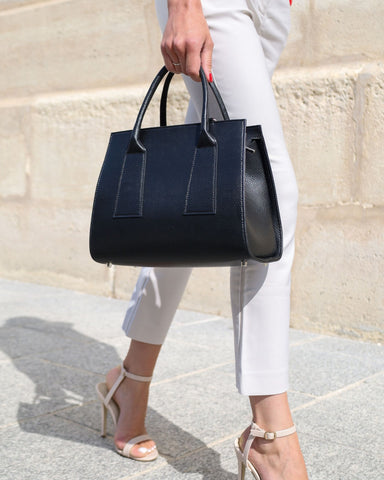

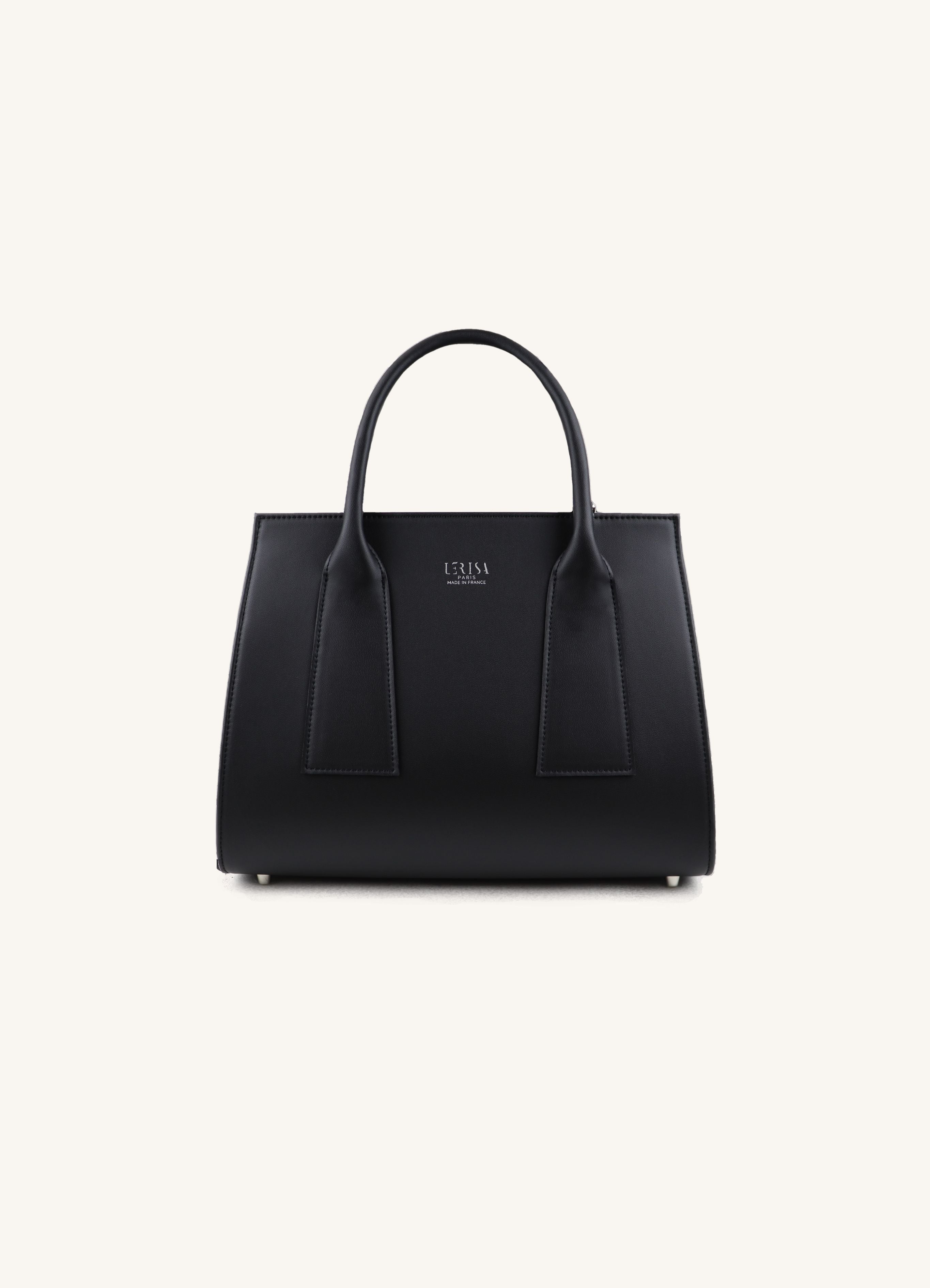
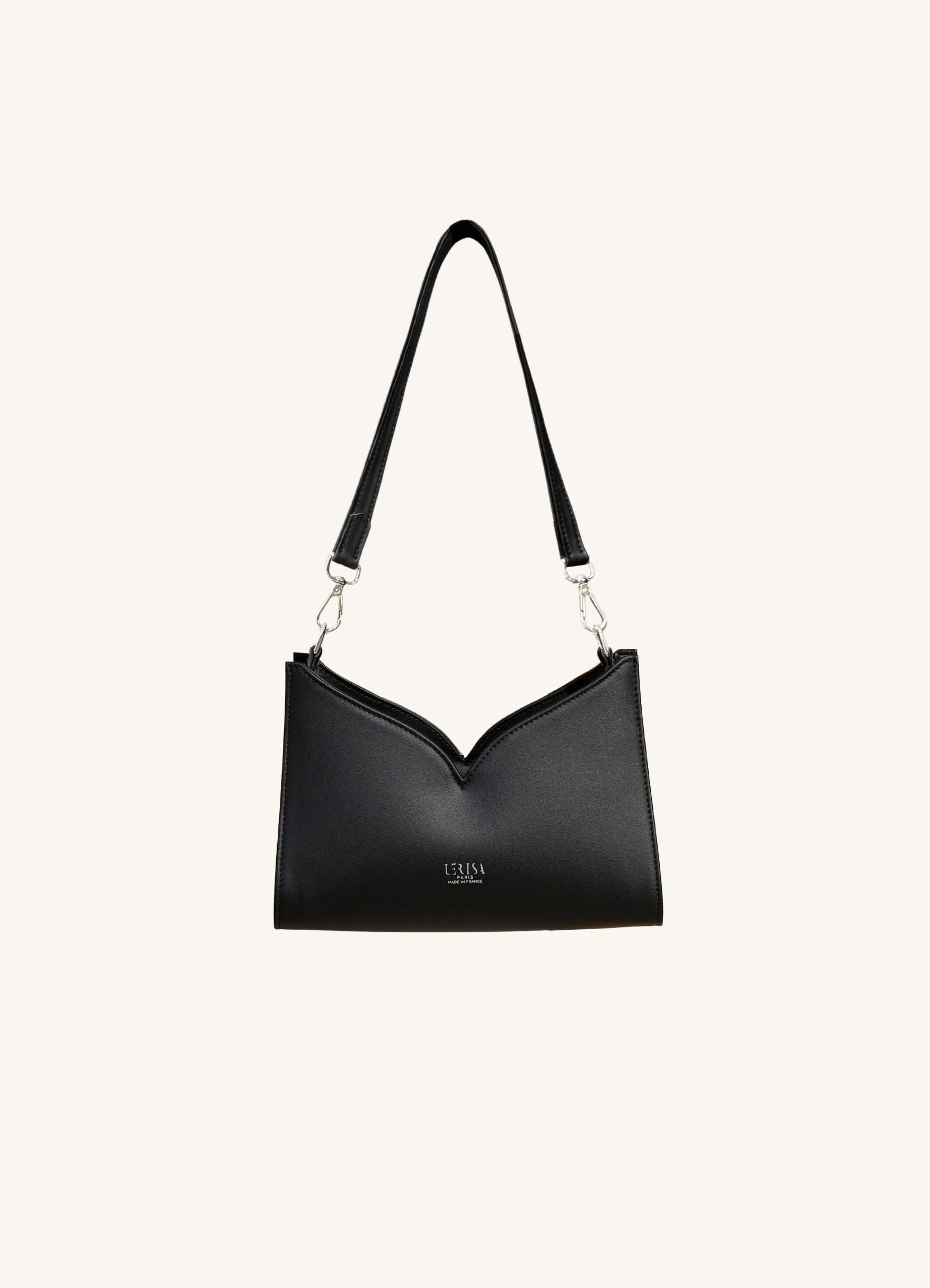
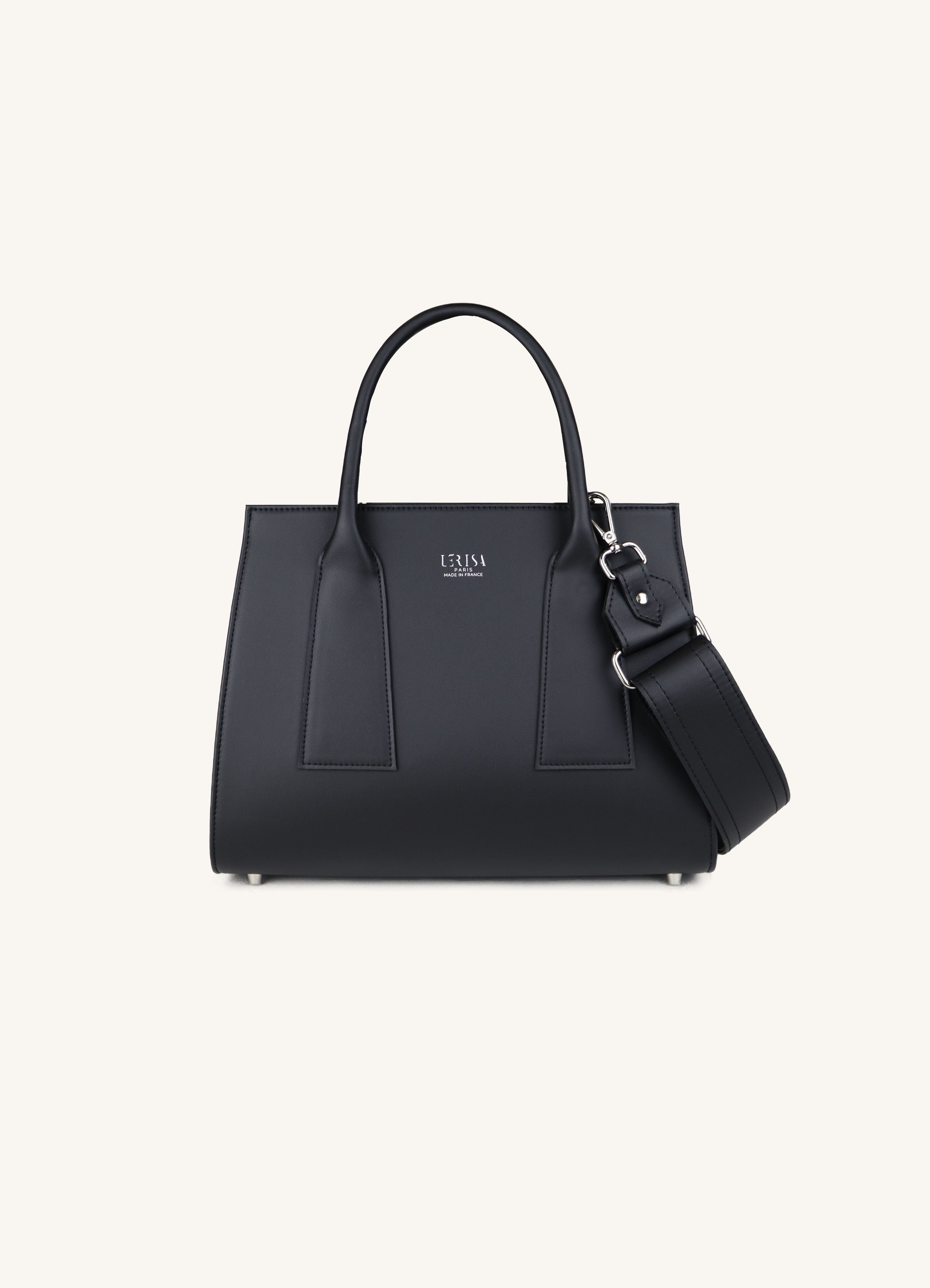
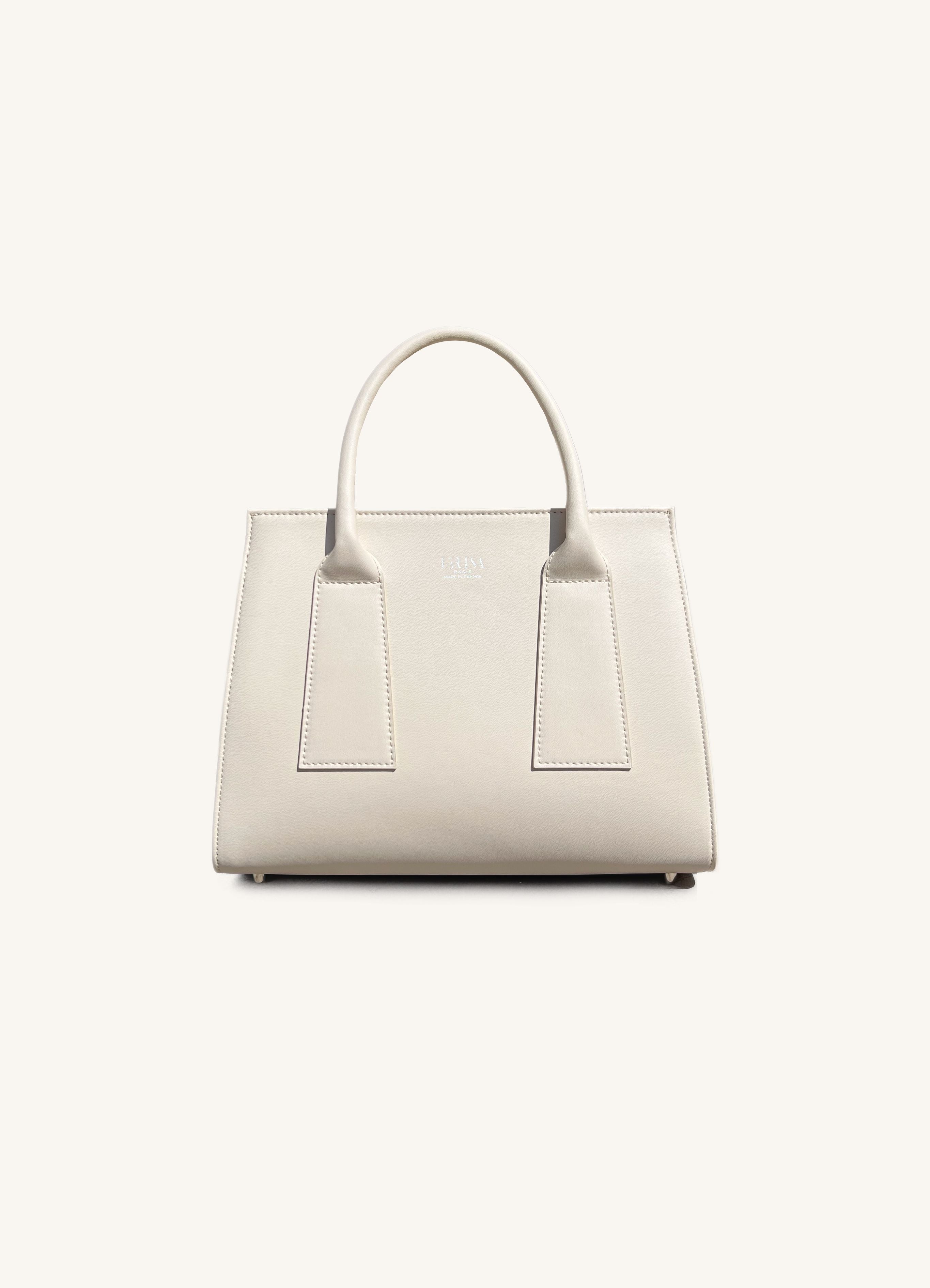
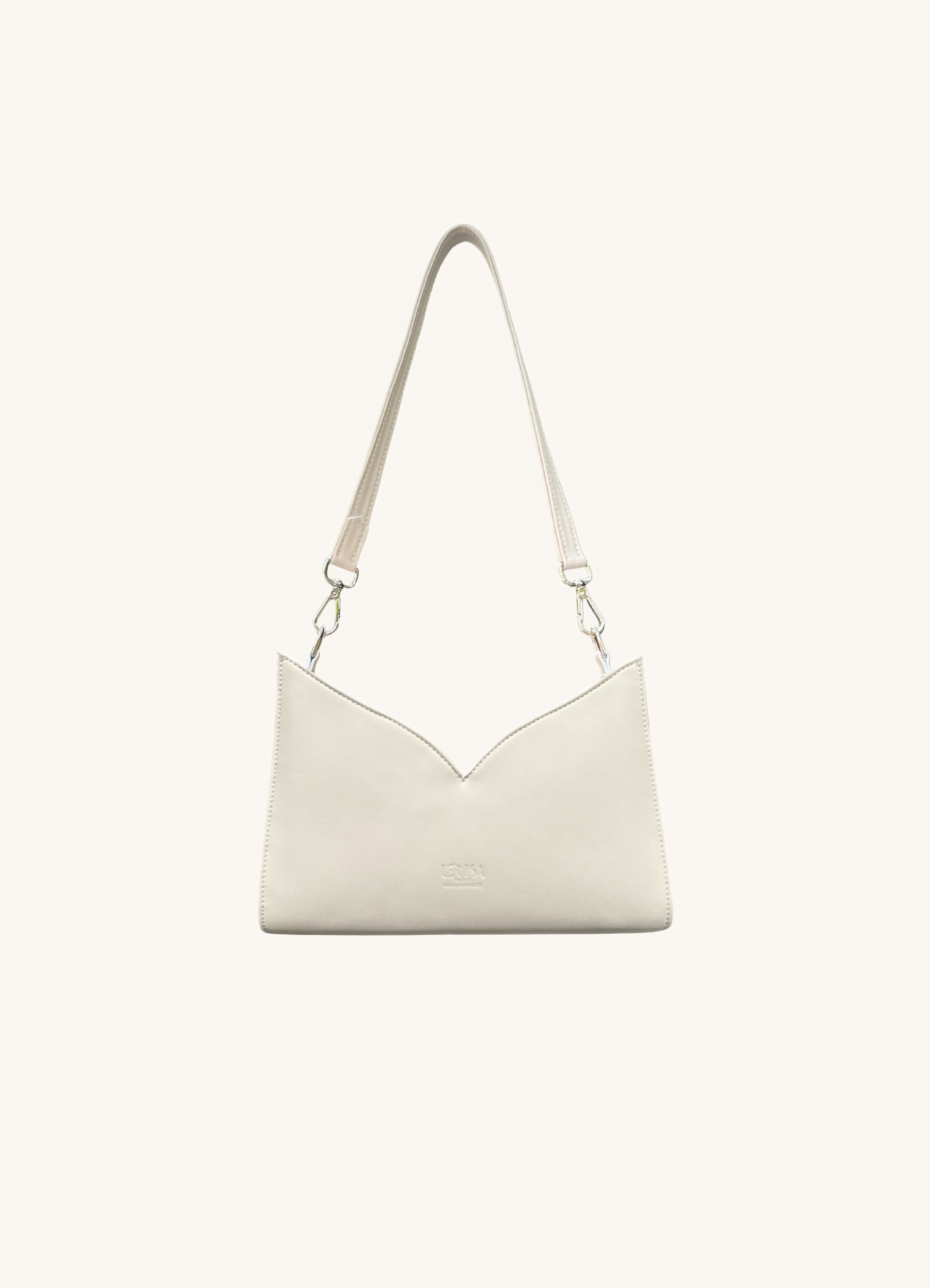
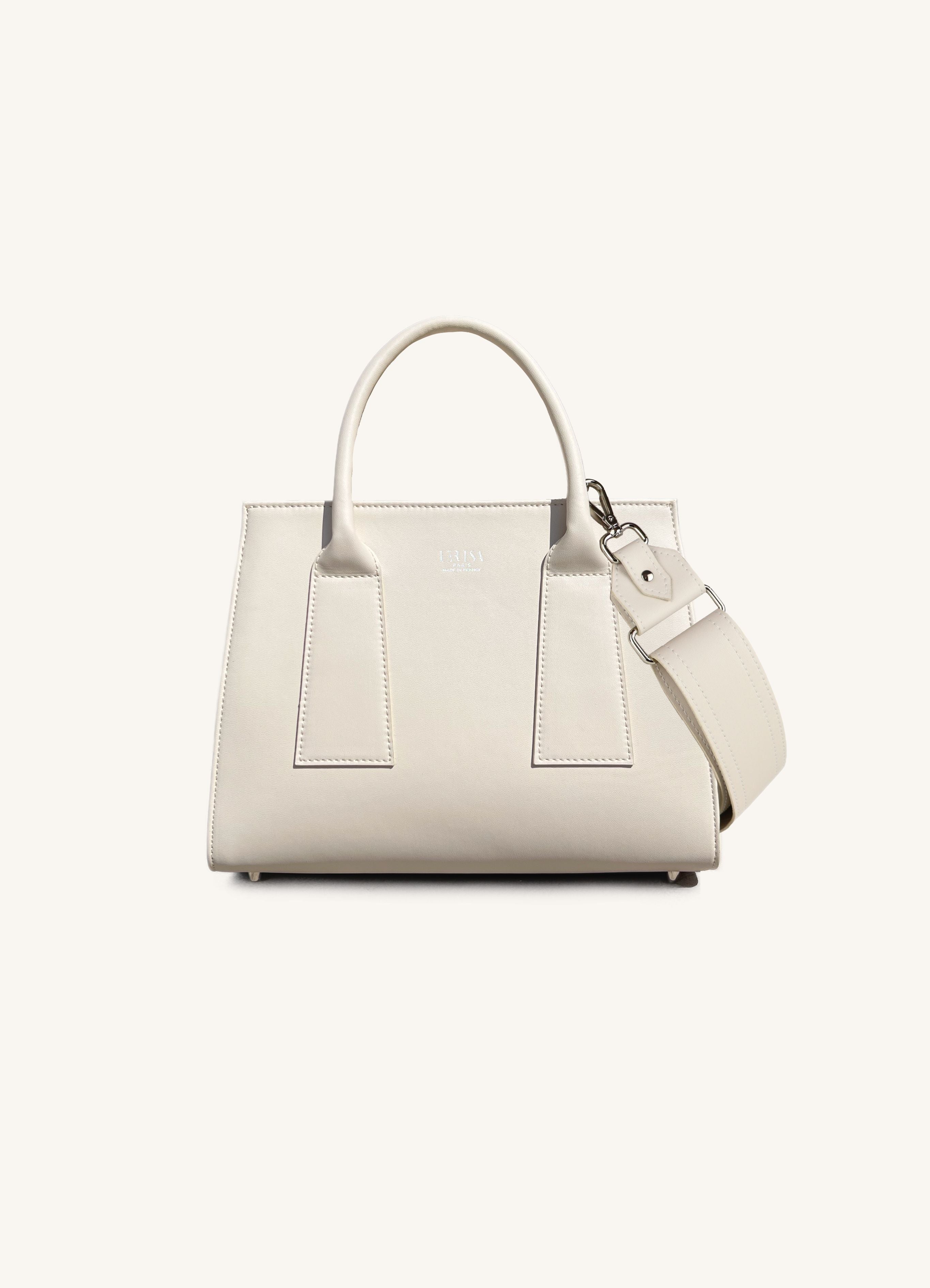

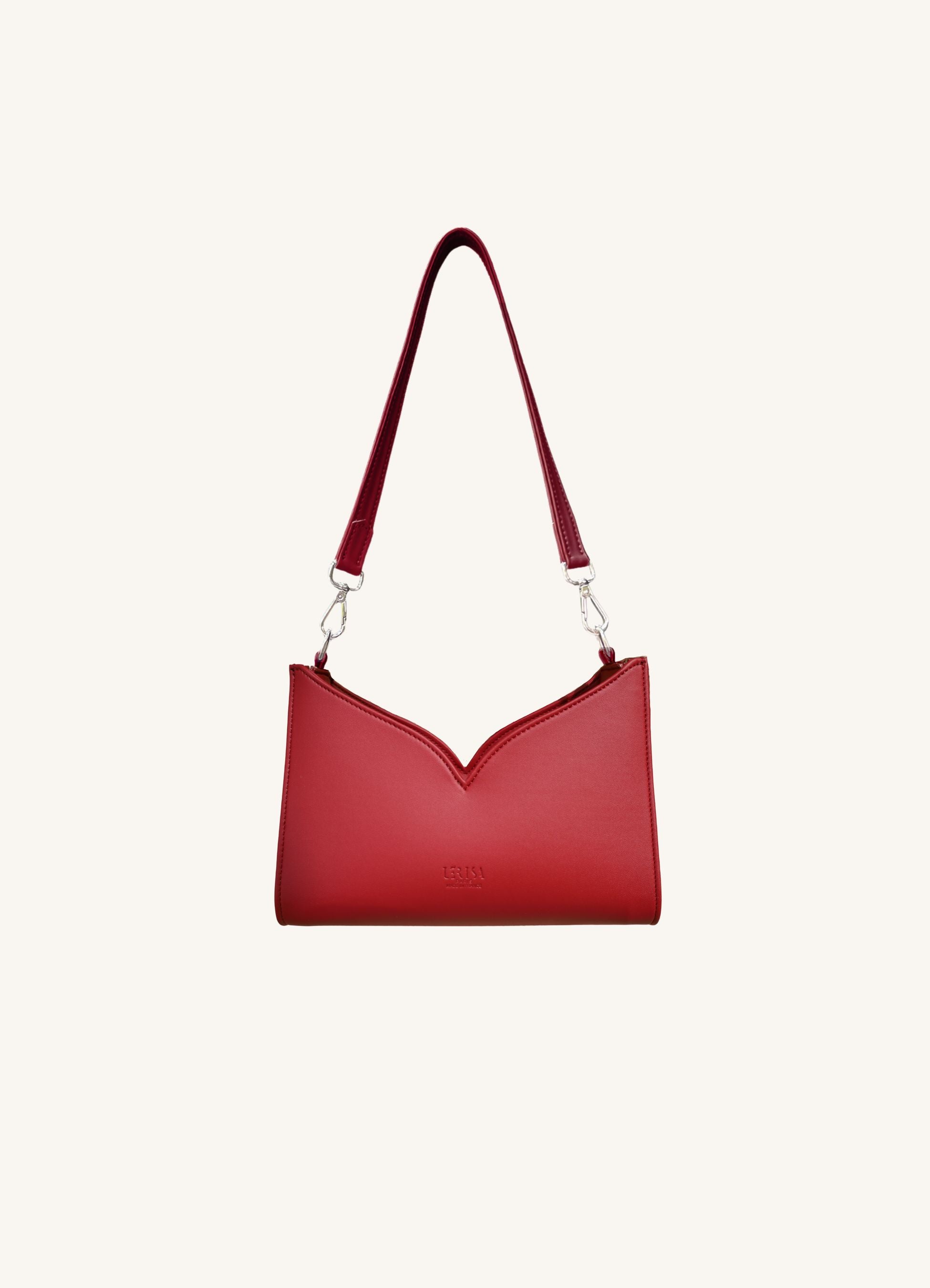

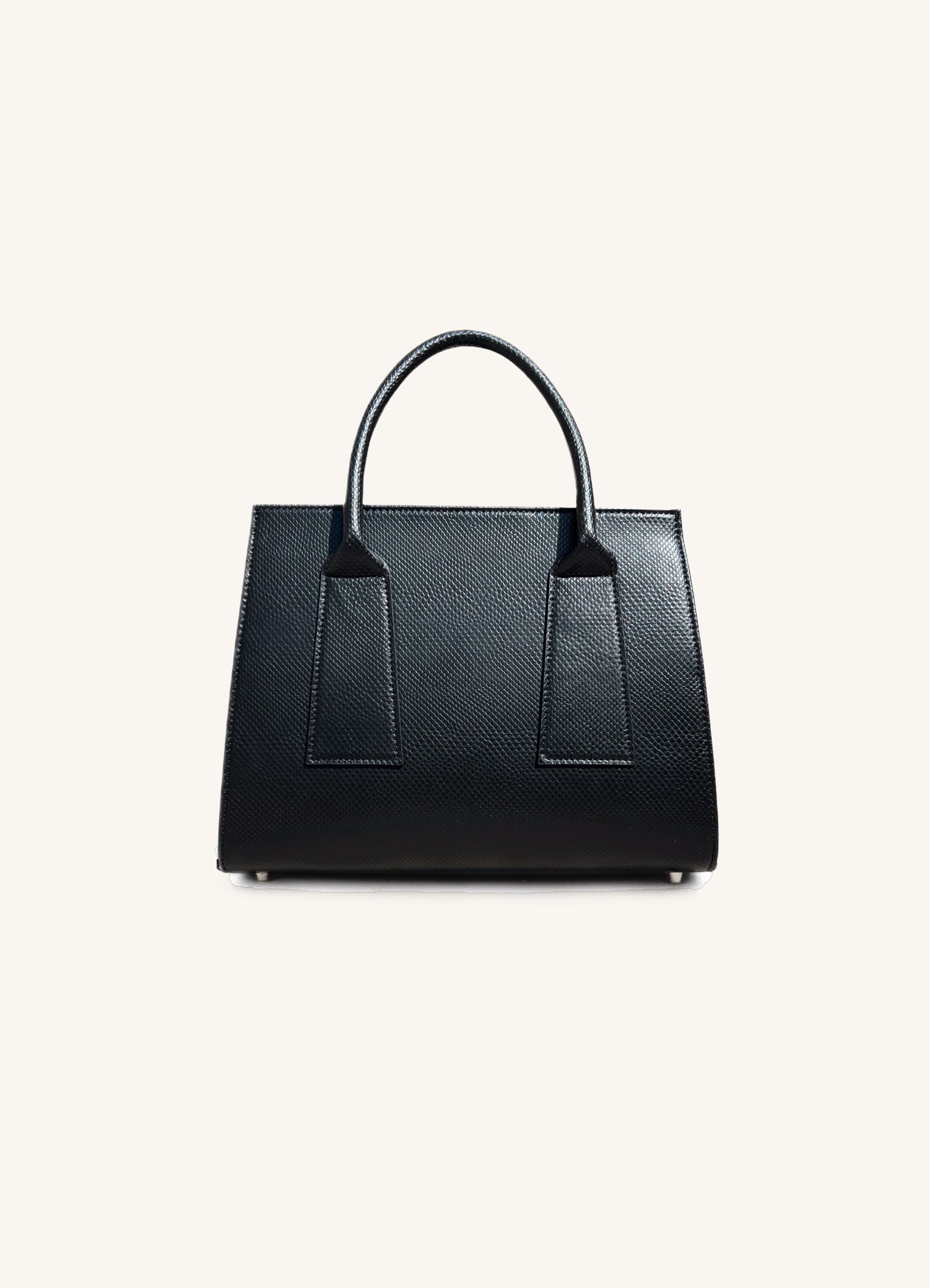


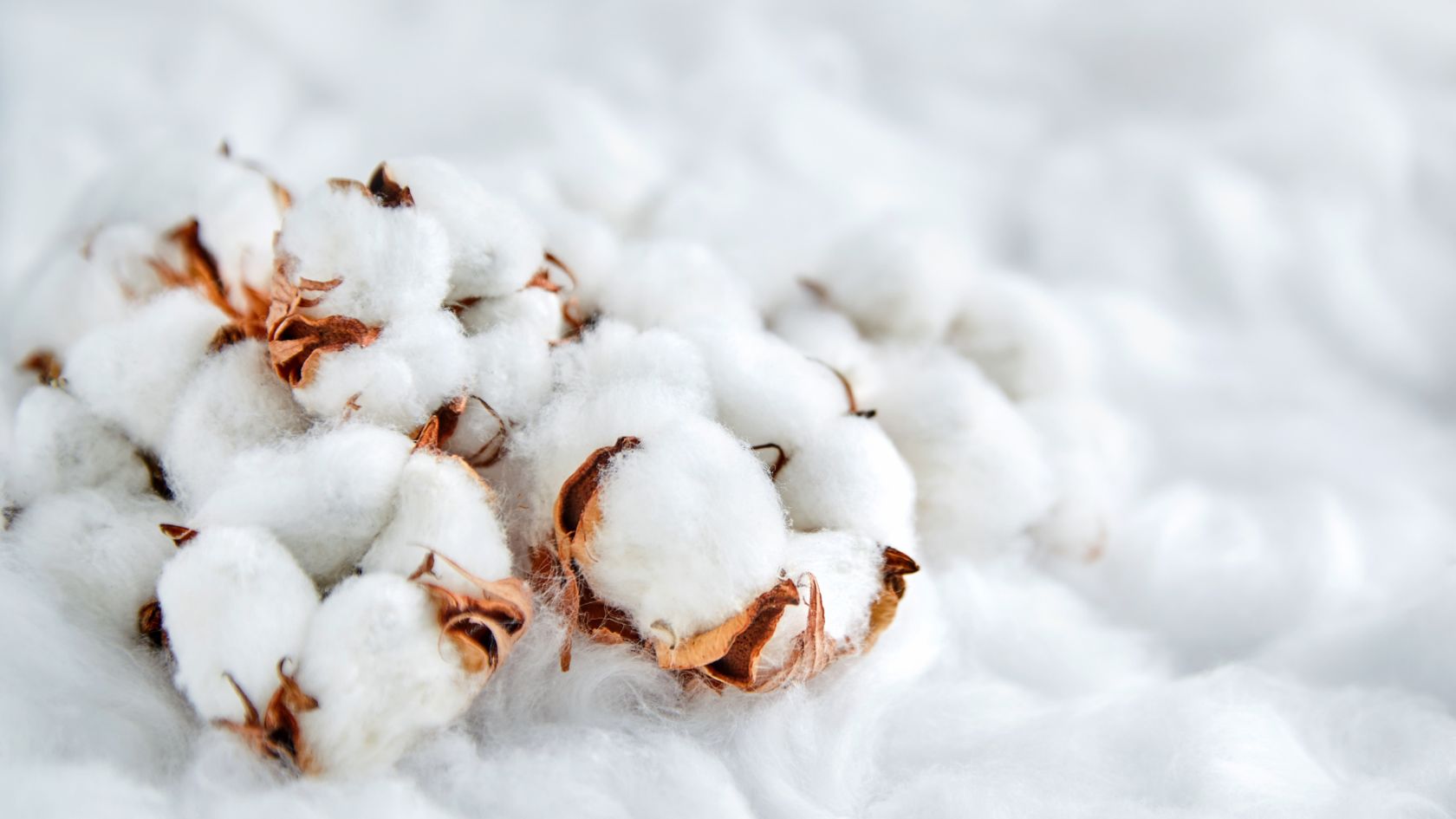
Leave a comment